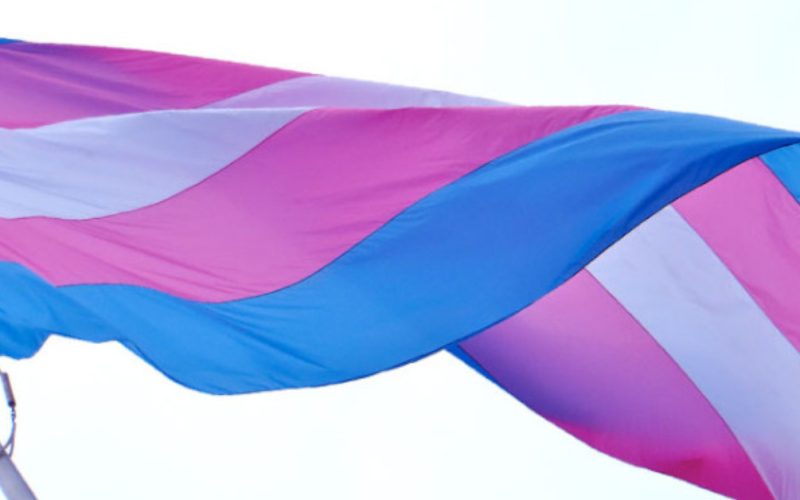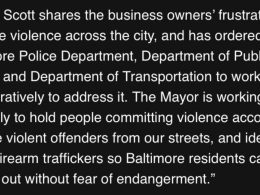A recent report revealed that approximately 1.64 million people over the age of 13 in the United States identify as transgender, based on newly expanded government health surveys. According to the survey, roughly 0.5% of all adults in the United States, or 1.3 million people, and about 1.4%, or 300,000, of kids aged 13 to 17 years old identify as transgender, having a gender identity different than their birth sex.
According to Reuters, researchers at the Williams Institute, a gender identity public policy think tank at UCLA Law School, reported that the proportion and number of individuals who identify as transgender had “remained steady” since the institute’s recent estimates from research in 2016 and 2017. The researchers analyzed data from two questionnaires conducted by the U.S. Centers for Disease Control and Prevention (CDC) between 2017 and 2020.
Jody L. Herman, one of the study’s authors stated, “This report shows trans people live everywhere and their needs and concerns need to be listened to and be addressed in the public policy landscape.” Jae Sevelius, a professor of medicine at the University of California, San Francisco, who was not involved in the study, said the study used “the best available data that we have currently to make these estimates. That being said, even the best available data is not great.” He added that the new study, which was not peer-reviewed, aligns with earlier estimates.
In 2017, Sevelius published a peer-reviewed meta-analysis in the American Journal of Public Health with a colleague that revealed approximately 1 million transgender adults in the United States, based on more restricted data than the Williams Institute study. They referred to it as a cautious estimate, and they stated in their article that future polls will almost certainly reveal a larger number of transgender people. The Williams Institute and Sevelius believe that the CDC data contains limitations. According to the Williams Institute report, the CDC added an optional set of questions regarding gender identity to its Youth Risk Behavior Survey for high school students in 2017, but just 15 states have posed those questions.
Additionally, Sevelius said that some survey phrasing isn’t optimal, for example, some CDC questions ask transgender respondents if they consider themselves “male-to-female” or “female-to-male,” nomenclature that some trans activists reject. He claimed that “It’s using a very crude tool to measure something that’s extremely nuanced, especially for youth.”










